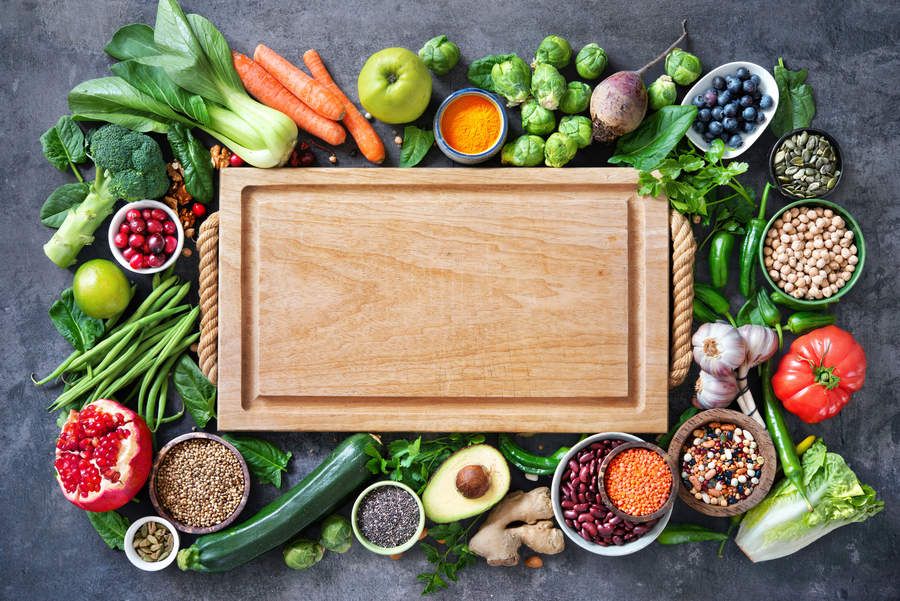There’s no denying that indoor cycling is here to stay. It has been growing in popularity for a decade, and now, in this post-pandemic era, indoor cycling is an established subdivision of cycling that comes with its own tactical, technical, and nutritional challenges.
On that latter point, if you’re wondering whether there is specific nutritional advice for indoor cycling, you’re not alone. It’s a question posed by many in recent years. It’s just cycling, so surely that means it’s the same, right? But then again, it’s often undertaken in warmer environments, with minimal airflow, doesn’t that affect things? We weren’t sure, so we asked an expert.
We chatted with Nigel Mitchell, the renowned nutritionist behind numerous WorldTour teams, grand tour wins, and several Olympic gold medals. He’s been closely associated with British Cycling for a long time, and is also the author of ‘The Plant-Based Cyclist’ and ‘Fuelling the Cycling Revolution’, and ‘The Cyclist’s Cookbook’.
So whether you’re completely new to indoor cycling, or you’re a seasoned athlete who’s looking to up the ante this year, if you’re looking for expert advice on the best way to fuel your workouts, you’ve come to the right place.
Does indoor cycling come with its own nutritional requirements?
While this should be a simple question, it is of course the kind that doesn’t come with a simple answer.
Ultimately, the nutritional needs of cycling indoors can differ greatly from those of your regular outdoor cycling, but it’s important to know how and when they might differ for you, if they do at all.
Of course, the usual rules of a healthy diet and fuelling workouts still apply. Indoor cycling is, after all, cycling, and a healthy diet is something you can only achieve holistically, rather than merely during the time you spend on the bike. But the environment in which you ride indoors is, by its very nature, different to normal outdoor cycling.
However, it’s also important to know that your nutrition needs are affected by much more than just where you ride. Your cycling intensity, duration, frequency and location, not to mention any stresses you incur off the bike, will all affect what you need to consume in order to be ready for the next ride.
According to Mitchell: “It all depends on what your objectives are”, he says. “Think about why you’re doing the training that you’re doing. A lot of the work that I do with athletes is around performance planning,…
Click Here to Read the Full Original Article at CyclingNews RSS Feed…

